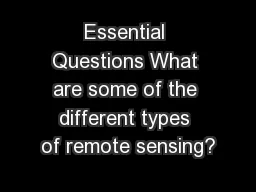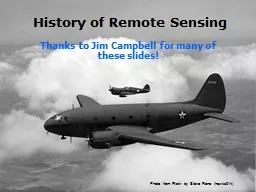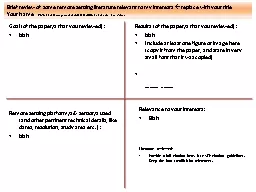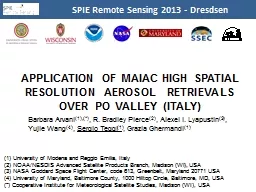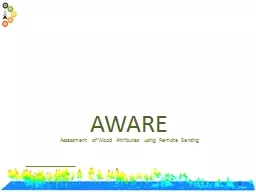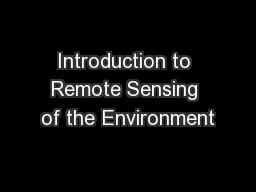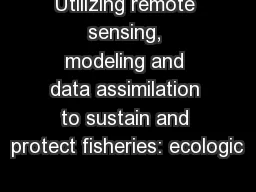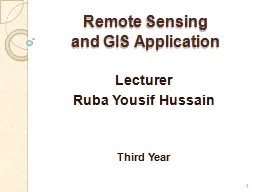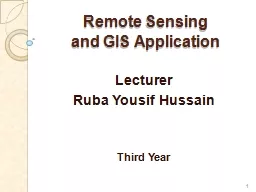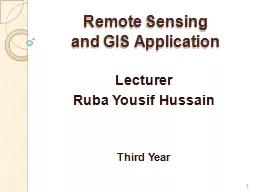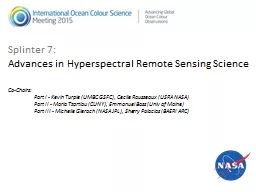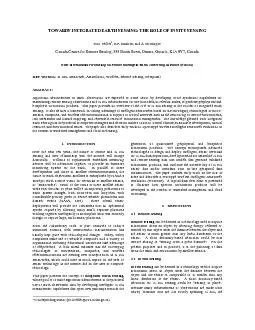PPT-Essential Questions What are some of the different types of remote sensing?
Author : pasty-toler | Published Date : 2018-03-17
How are satellites and sonar used to map Earths surface and its oceans What is the Global Positioning System and how does it work Copyright McGrawHill Education
Presentation Embed Code
Download Presentation
Download Presentation The PPT/PDF document "Essential Questions What are some of the..." is the property of its rightful owner. Permission is granted to download and print the materials on this website for personal, non-commercial use only, and to display it on your personal computer provided you do not modify the materials and that you retain all copyright notices contained in the materials. By downloading content from our website, you accept the terms of this agreement.
Essential Questions What are some of the different types of remote sensing?: Transcript
Download Rules Of Document
"Essential Questions What are some of the different types of remote sensing?"The content belongs to its owner. You may download and print it for personal use, without modification, and keep all copyright notices. By downloading, you agree to these terms.
Related Documents

